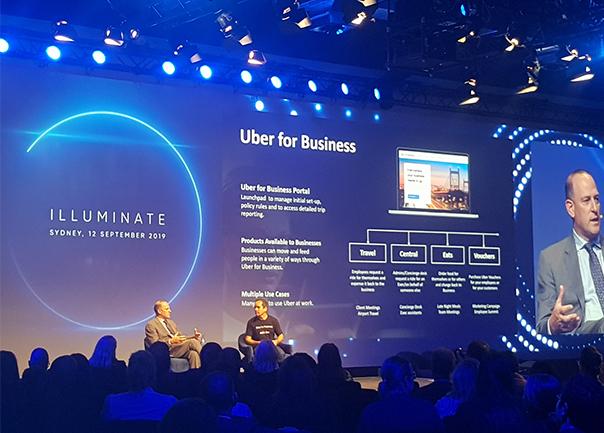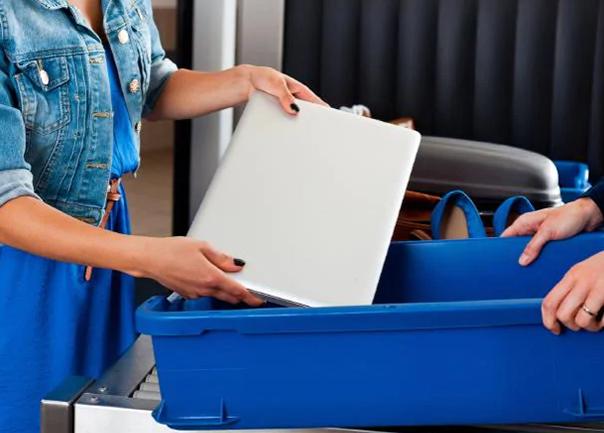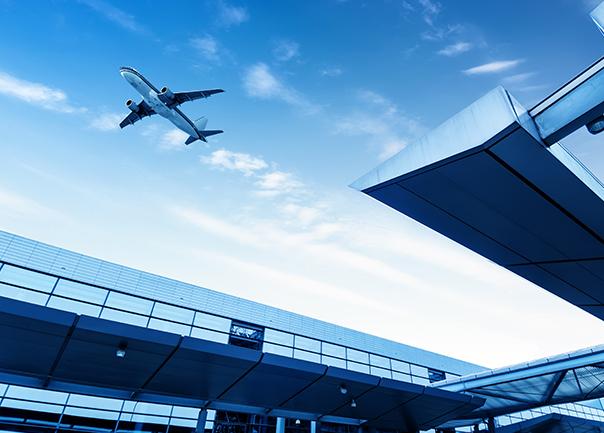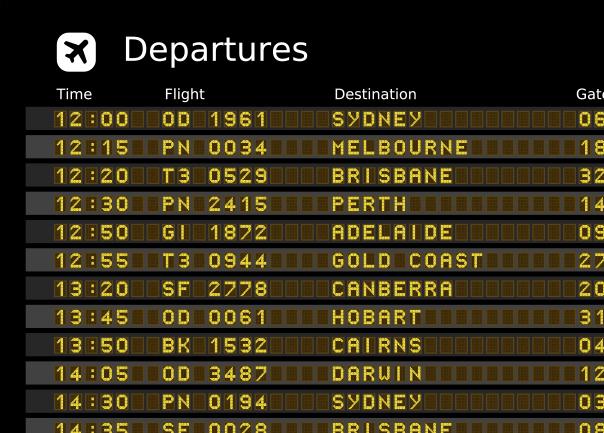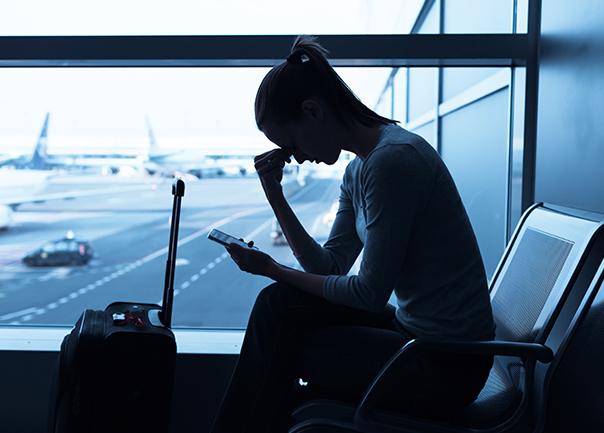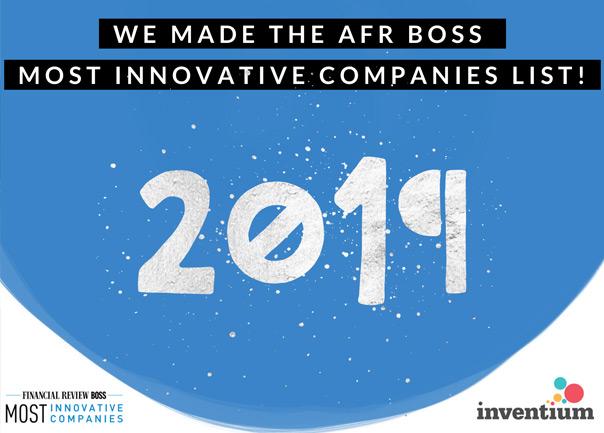The travel industry was back in full force in 2022 thanks to a return to face-to-face meetings, events and workplaces. Australian based Global Managing Director for Corporate Traveller, Tom Walley, said the sector’s recovery had paved the way for several trends in travel and business, which he expects will emerge from 2023.
“Flight Centre Travel Group’s corporate divisions, including Corporate Traveller, recovered healthily in 2022, with transaction volume returning to around 90% of pre-COVID levels,” Tom said.
“From 2023, I’m forecasting the business travel industry will continue capitalising on its post-COVID growth as businesses and their employees gain more confidence and motivation to return to the office and the skies. The travel journey will become event more digitised and new industry partnerships will emerge to broaden the choices available to travellers.”
Below, Tom shares seven SME business travel trends for the year ahead -:
- Domestic travel costs will decrease while international costs will remain high until Chinese carriers return. Domestic travel costs in the US have started to plateau and fall. It’s expected the same trend will occur in Australia this year. Rex Airlines has been helping by providing more Golden Triangle flights and increasing domestic competition. More significant, however, is an anticipated fall in international travel costs. Tom predicts Chinese carriers will return in the first half of 2023, bringing competition back to the market and flight capacity back to circa 90% of pre-COVID levels by mid-2023. As a result, the cost of Australia-Europe and Asia routes will decrease, while Australia-US routes will be slower to fall. More hotel and car rental capacity will come online early this year.
- Middle management will return to the skies. Through 2020 and 2021, business directors and essential workers have been doing most of the travelling, as businesses travelled only for essential reasons. Corporate Traveller expects middle management to make a strong travel comeback next year.
- Businesses will book travel further in advance amid easing infection and restriction fears. A global survey late 2022 found that 4% of business travellers would limit or cancel their travel 2023 due to COVID risks.[1] It’s anticipated that Australian businesses will no longer regard COVID as a top travel concern. Fears of infection risks and Government restrictions will continue to drop. As a result, Tom says more businesses will book their travel well in advance. “We are beginning to see businesses booking travel 40 days in advance at Corporate Traveller – from 30 days during the height of the pandemic – as a result of improved confidence and a way to reduce travel costs.”
- ‘Work from anywhere’ policies will increase. As the tight labour market continues, Tom predicts more companies will offer ‘work from anywhere’ policies to retain people. This will motivate more executives to take working holidays. Travelling to meet and build rapport with other team members will be offered by businesses to improve employee relationships, morale, and retention. One company doing this well is eCommerce platform Shopify, which offers remote working with programs that foster in-person connection and team building. Its ‘Destination90’ program allows staff to work from any location for 90 consecutive days and encourages them to meet and work with other Shopify teams face-to-face in other cities.[2]
- The travel journey will become more digitised. We’ll be hearing ‘digital ID’ more frequently in 2023 in the move to protect individual identities and to help create digital, seamless services – including travel. Incoming passenger declaration cards have moved online this year, and Tom forecasts passports will be next in line to becoming digitised.
- Travel providers will tap into the gig economy. Tom expects more travel providers will draw on the gig economy for selected services. For instance, hotels will replace in-house dining options through food delivery partnerships, such as UberEats. It is a phenomenon Tom has already seen emerge. The Little National Hotel chain, for instance, has replaced in-house dining with an UberEats partnership, offering UberEats gift cards for purchase as part of their accommodation package. Rooms are equipped with tablets, allowing guests to order in-room dining options easily, simply inputting their gift card number upon ordering.[3] Tom also expects partnerships with gig economy providers to expand to include additional perks, such as discounted or free delivery.
- More workers will return to offices, but hybrid arrangements will remain. Office occupancy rates in major cities lifted slightly in October to an average of 63%.[4] Tom anticipates occupancy rates will continue to grow but fluctuate in 2023, as more businesses return to the office full-time, for collaboration and accountability reasons, while others will maintain hybrid working arrangements with at least three days in the office – particularly as COVID variants continue to emerge. Flight Centre Travel Group has had such a strong return to the office this year it has introduced hotdesking to house all returning employees. Tom says new flexible arrangements will be a benefit to new parents. “It’s never been a better time for parents to return to the workforce and we may see more coming back earlier, as there is less of a requirement to come into the office, thus helping families save on childcare costs.”
[1] Global Business Travel Association, October 2022, gbta.org/wp-content/uploads/Business-Travel-Recovery-Poll-October-2022-v3.pdf
[2] Shopify, shopify.com/careers/work-anywhere
[4] Property Council of Australia, 9 November 2022, research.propertycouncil.com.au/blog/october-2022-office-occupancy-result


